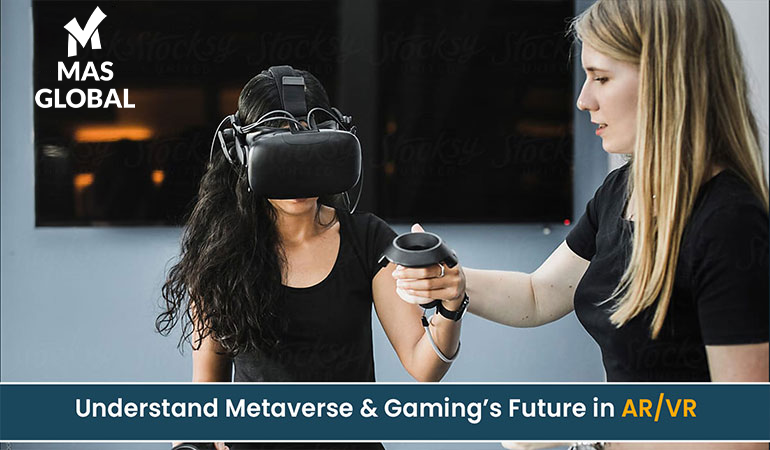Understand the Metaverse & The Future of Gaming in AR/VR

In the ever-evolving world of virtual reality, the Metaverse is emerging as the next big leap, revolutionizing digital experiences for users worldwide. Through advanced human-computer interaction (HCI) hardware and software, the Metaverse enables users to engage in activities beyond the limits of the physical world—be it playing immersive games, collaborating on projects, creating digital assets, or even purchasing virtual real estate.
What is the Metaverse?
The Metaverse is widely regarded as the next evolution in technology, following computers and the internet. It is a vast, highly scalable virtual ecosystem with its own economy. In gaming, the Metaverse combines augmented reality (AR), virtual reality (VR), and artificial intelligence (AI) to deliver unparalleled realism and engagement.
Unlike standalone VR games, which are accessed via specific apps or devices, the Metaverse provides a centralized platform where users can seamlessly connect to a wide array of virtual reality games. It creates an environment where players feel physically present in a virtual space, enhancing immersion and interaction.
Metaverse in Gaming: Existing Prototypes
The concept of the Metaverse is not entirely new to gaming. Several games have already incorporated Metaverse-like prototypes. A notable example is Battle Royale, which integrates digital avatars and cryptocurrency. Leveraging blockchain technology, these games ensure secure transactions, allowing users to buy, sell, or rent virtual assets, creating a thriving economy within the virtual world.
Real Engagement in the Metaverse
To access the Metaverse, users need an authentication system, similar to creating accounts for social media platforms. Unlike traditional digital interaction via texts or emojis, the Metaverse offers a new dimension of engagement.
Take Fortnite as an example—a cross-platform, free-to-play game. It has unified multiple industries under one digital roof, even hosting in-game interviews where avatars interact in real-time while other players continue their activities. This integration of real-world elements into virtual spaces sets the stage for unprecedented interactivity and collaboration.

